
What is EN 388:2016 Test Standard?
Analysis of the EN 388:2016 EU Glove CE certification Testing Standard
In daily production operations, hands are the most vulnerable body part to external injuries. Providing appropriate protective gloves for special workers can effectively reduce the likelihood of hand injuries.
To determine whether a pair of gloves offers mechanical risk protection, the EN 388 standard evaluates the gloves' resistance to abrasion, cutting, tearing, puncturing, and impact. Based on laboratory test results, the protective performance of gloves is categorized into different levels, allowing us to choose work gloves that meet our protection needs according to their performance ratings.
What is EN 388:2016?
EN 388 is one of the European standards for industrial protective gloves. The European Committee for Standardization (CEN) approved the EN 388:2003 version on July 2, 2003. EN 388:2016 was published in November 2016, replacing EN 388:2003, and an amendment version, EN 388:2016+A1:2018, was revised in 2018.
Typically, four digits appear after the EN 388 marking, indicating the protection levels against abrasion, cutting, tearing, and puncturing. For example, EN 388 2312 signifies level 2 abrasion resistance, level 3 cut resistance, level 1 tear resistance, and level 2 puncture resistance. The higher the rating, the better the protection provided by the gloves.
The impact test (indicated by a "P" at the end of the code) is optional, depending on whether it is relevant to the glove's intended use. If there is no "P," impact protection is not required.
This test is a new addition in the EN 388:2016 version, with the result levels indicated from A to F, with F being the highest level. This was done to avoid confusion with the numerical ratings from the Coup test. Compared to the EN 388:2003 coupe test, the TDM test provides a more accurate indicator of cut resistance in practical work scenarios.
Note: If the blade dulls during the Coupe test, the EN ISO 13997 cut test (TDM test) is performed. The result of the TDM cut test will be marked as the fifth character on the glove, and the Coupe test value will be marked as "X," as shown in the figure below.

American ANSI vs. EN 388:2016
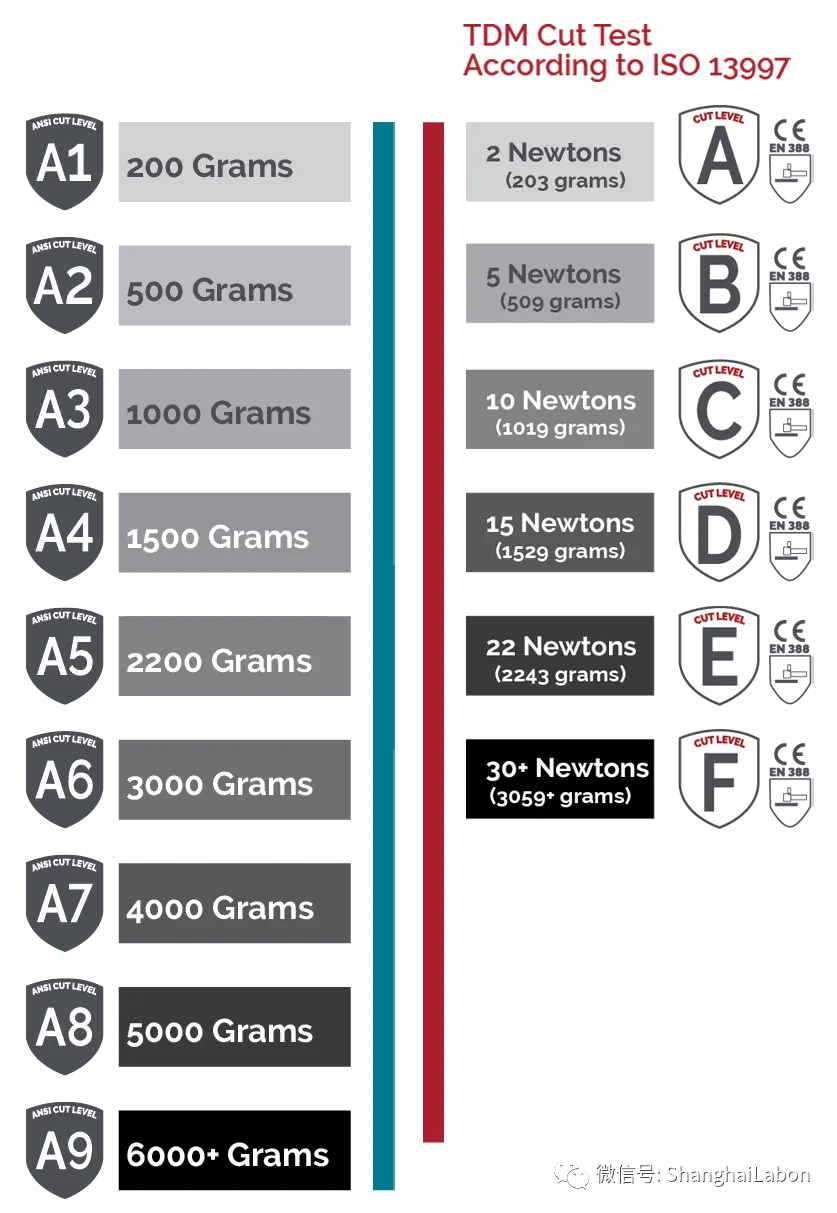
Note: After standardizing the testing machine (TDM-100), the two major standards have the above correlation, but there may be a deviation of one level.
Email:hello@jjrlab.com
Write your message here and send it to us
 ASTM D4169 Drop Test
ASTM D4169 Drop Test
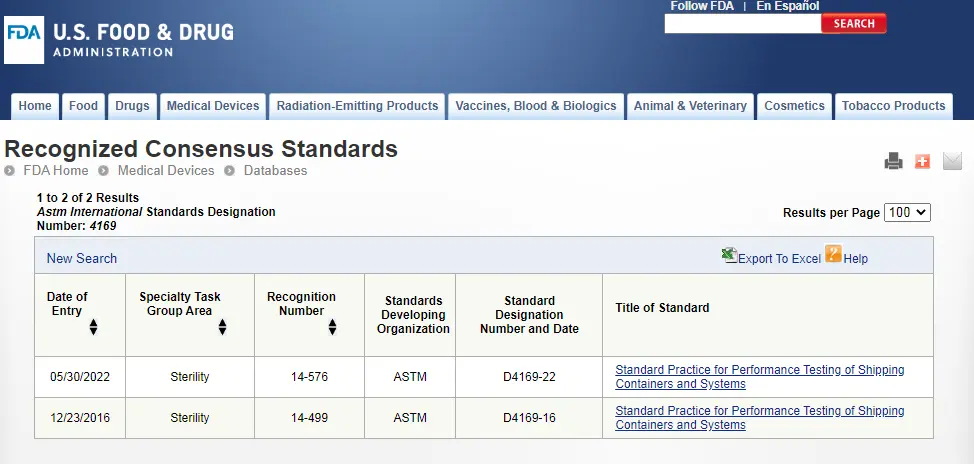 ASTM D4169 Packaging Simulation Transportation Tes
ASTM D4169 Packaging Simulation Transportation Tes
 What is ASTM D4169 Testing?
What is ASTM D4169 Testing?
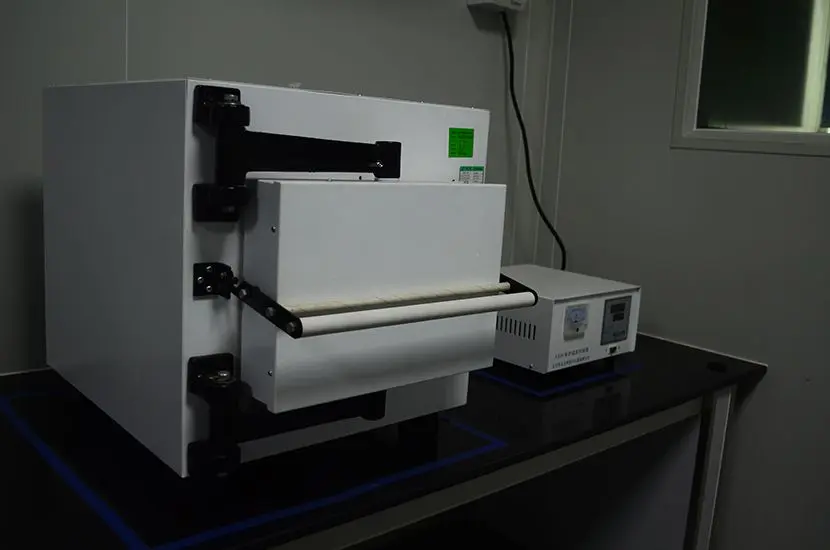 ASTM D4169-23 Test Standard Revision
ASTM D4169-23 Test Standard Revision
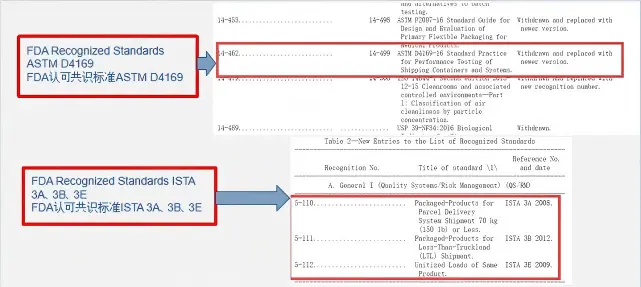 Transport Simulation Testing for Medical Device Pa
Transport Simulation Testing for Medical Device Pa
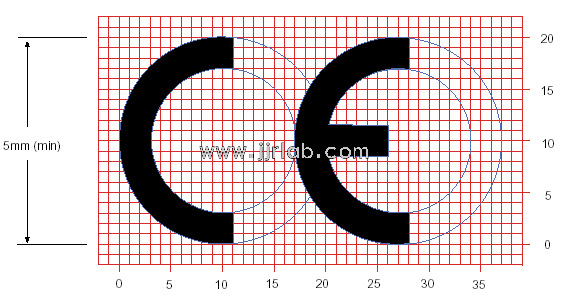 EU CE Certification Guidelines for Lighting Fixtur
EU CE Certification Guidelines for Lighting Fixtur
 Lithium Battery Export: CB Certification & IEC
Lithium Battery Export: CB Certification & IEC
 How to Apply for One FCC Certificate for Multiple
How to Apply for One FCC Certificate for Multiple
Leave us a message
24-hour online customer service at any time to respond, so that you worry!




